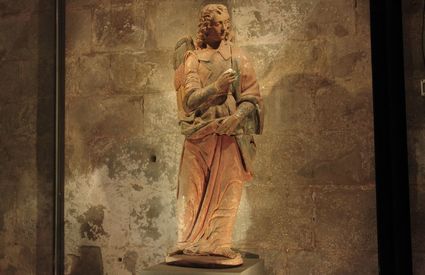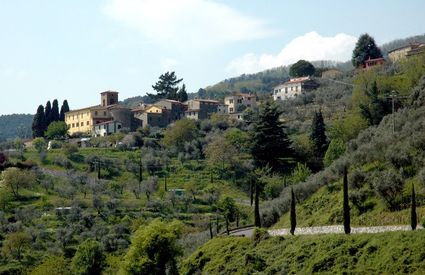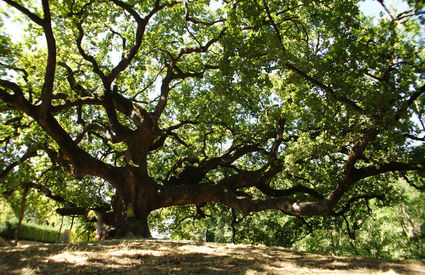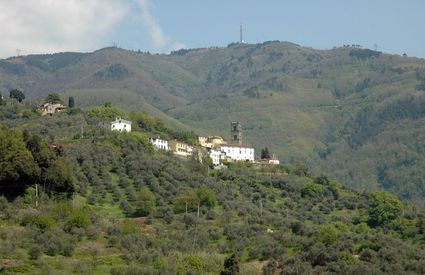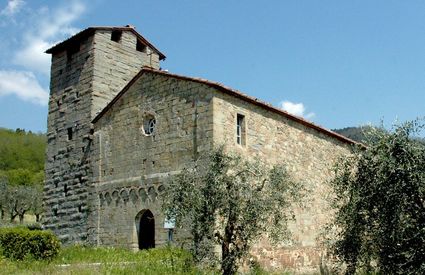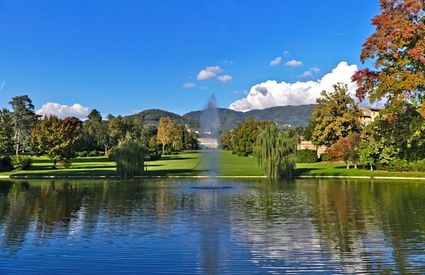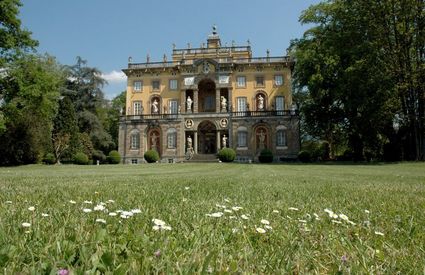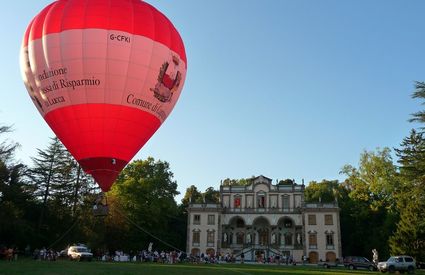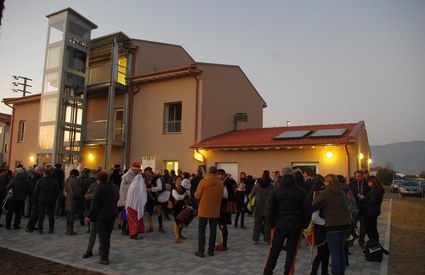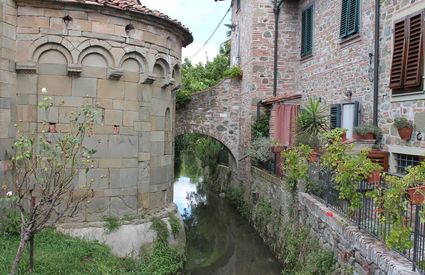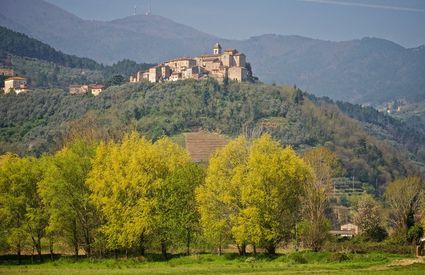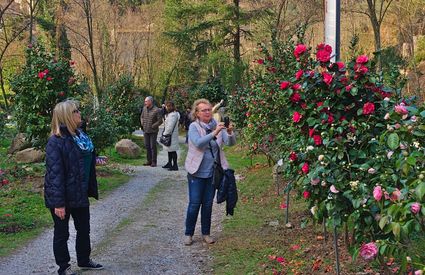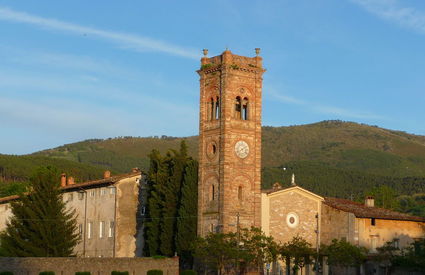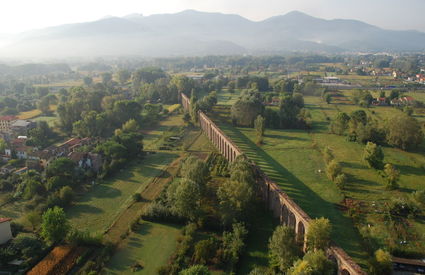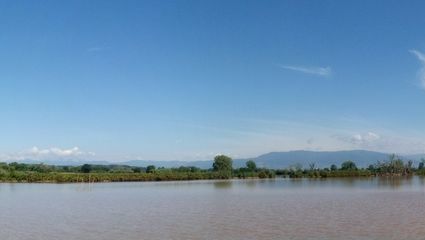Capannori
A plain alight with lights
From Pizzorne to Compitese ~ by Marisa Cecchetti
A plain alight with lights
From Pizzorne to Compitese ~ by Marisa Cecchetti
The north
On clear winter nights the lights of the towns attached to the mountains - Matraia, Valgiano, San Pietro a Marcigliano, Sant’Andrea in Caprile, Petrognano, Tofori and San Gennaro – create new constellations that get mixed up with the stars. If you look from up there you’ll see the plain alight with lights as far as Cerbaie, the Pisan mountains and the town of Lucca.
The Pizzorne plateau supervises above, shaded with woods and opening into meadows. These are silent towns that live in the sunshine and enjoy spring year round. Their ancient churches are worth visiting, in pursuit of artistic treasures. In the church of San Gennaro, a village that rises up in a straight line along the side of the hill, you can admire the terracotta statue depicting the Archangel Gabriel attributed to Leonardo da Vinci.
During the day, on the side of the hills an ocean of olive trees wakes up, a sea of silver in addition to the vineyards. The scenery is enriched with oak, cypress and plane trees. Climbing up to San Martino in Colle you come across the Big Oak Tree, centuries years old. Legend has it that witches met by its flat foliage, while others say that the oak was the meeting place of the cat and fox that had it in for Pinocchio.
The centre
Lower down, in this town as slender as a woman’s body, where the Auser river left its mark, you see the elegant villas built in the 1700s by Lucca’s merchants and bankers. They were once the summer homes of powerful families, nestled in the green quietude of the countryside, shrouded in myth and legend. The most famous legend is linked with Lucida Mansi, who did a deal with the devil for her eternal youth and beauty.
With their boulevards, huge gardens and fountains, Villa Reale, Villa Mansi, and Villa Torrigiani are the most famous and attract the most visitors, but plenty of others can be discovered beyond the gates and city limits. At one time, the surrounding area buzzed with work in the fields, but if we tune in carefully, we can almost hear the continued humming noise of the manufacturing machines from businesses and individuals in the area, who worked day and night to create clogs and footwear, bringing about major transformations in the local economy post-World War II.
The south
From the top of Monte Scarpiglione the view covers the plain, where fields alternate with houses and – if you pay attention – you can make out the straight lines of the yards that were once home to farming families. Architectural changes have not altered the beauty of their “mandolati”, the well-aired storage areas for winter forage.
South of the town, the Compitese hills hem in the area, ennobled by the purest springs. From Parole d’Oro the Nottolini Aqueduct winds its waterway towards Lucca. The sweet smell of camellias in Sant’Andrea di Compito welcomes you at the end of the winter. Sip the camellia tea, admire the ancient plant species in the Camellietum and see the villas and churches with their slender bell towers.


